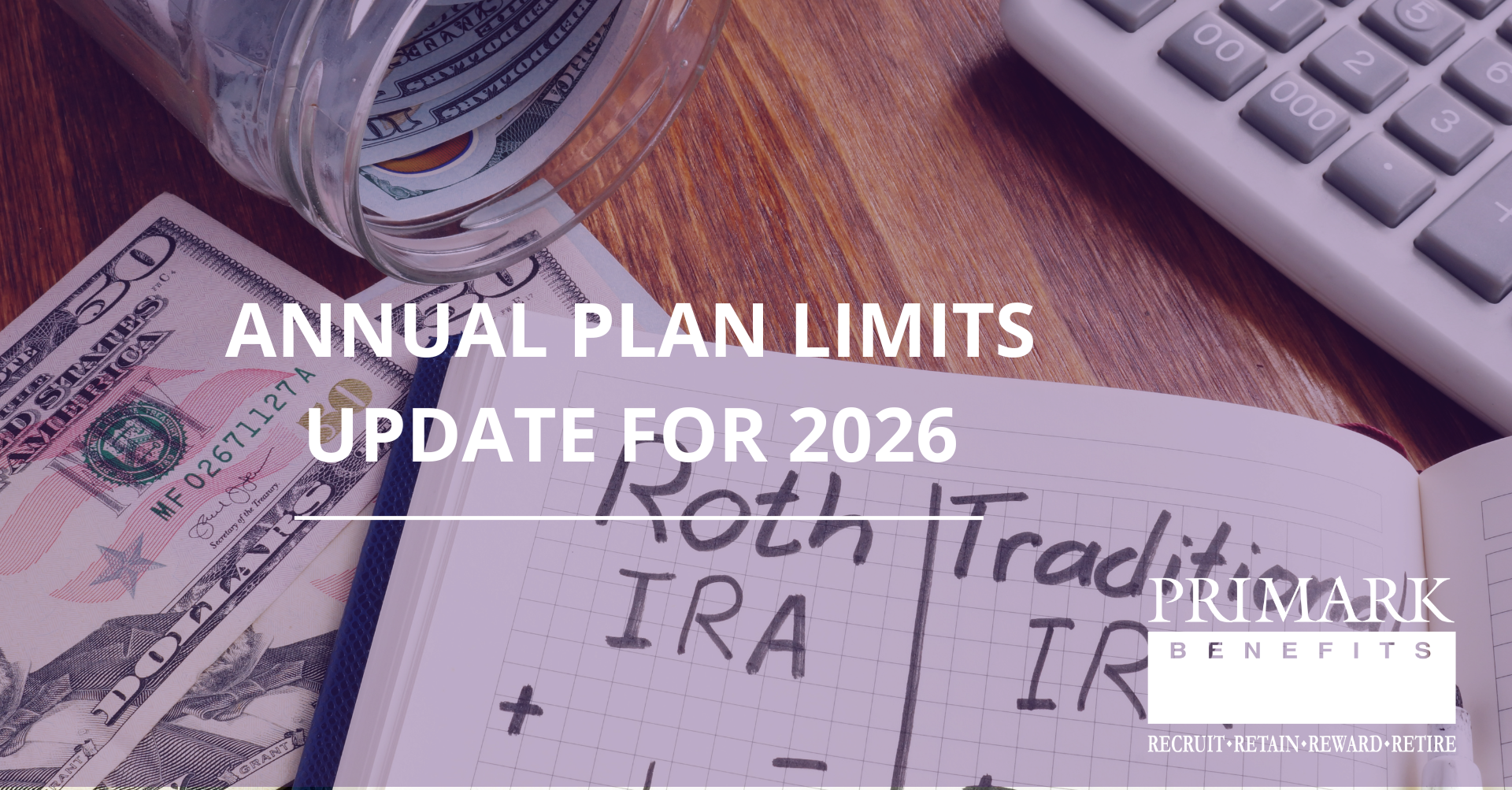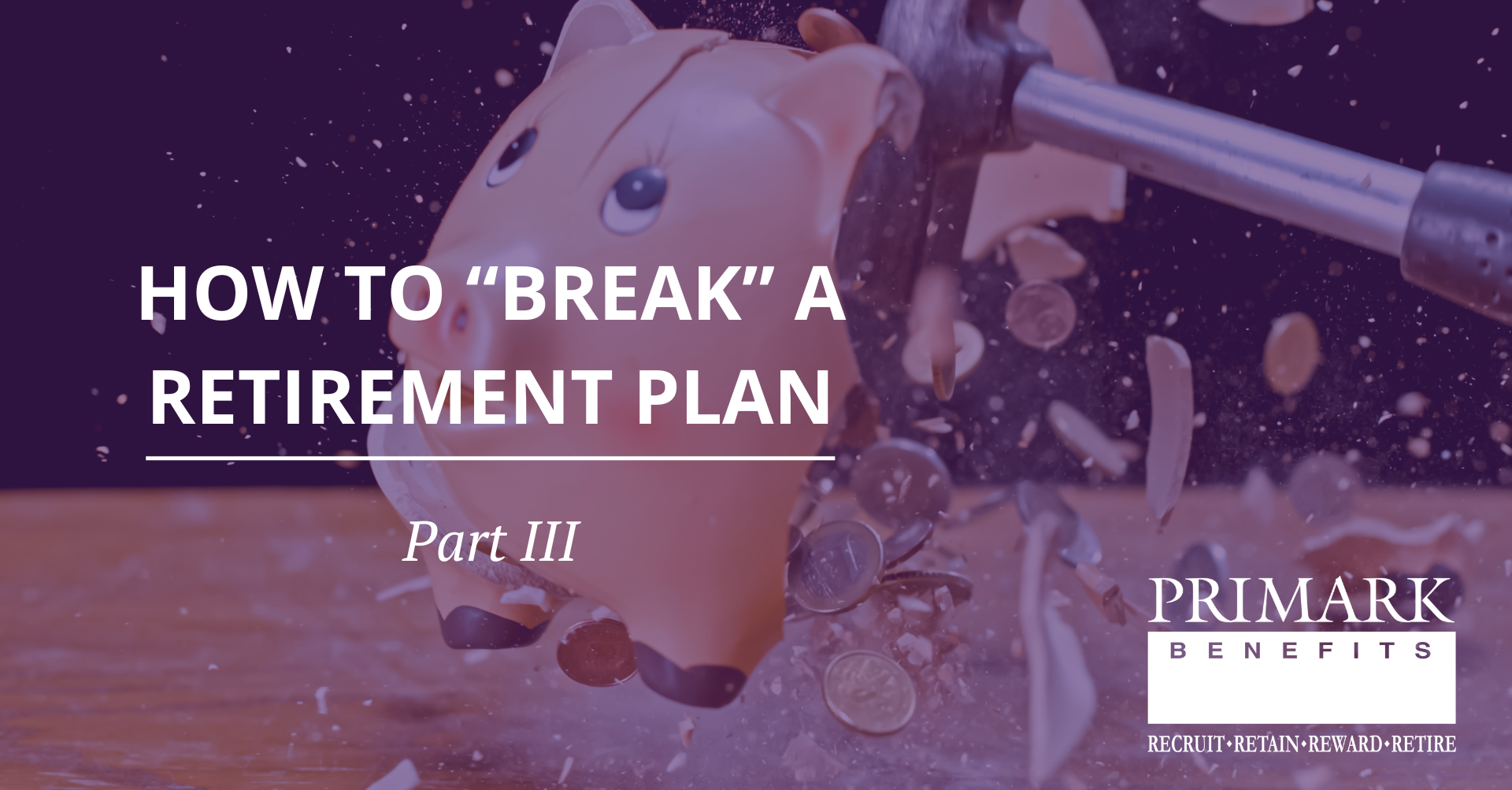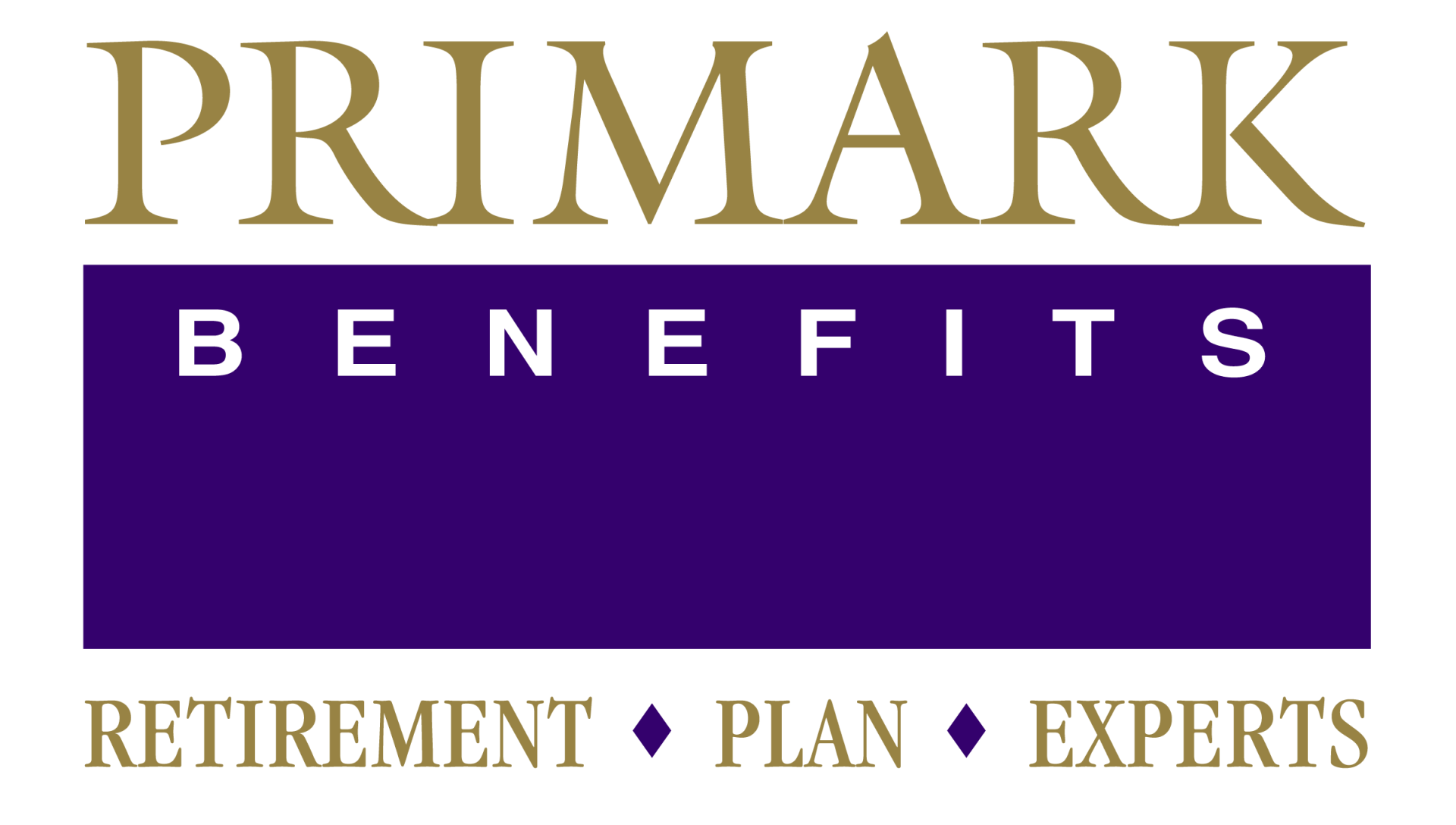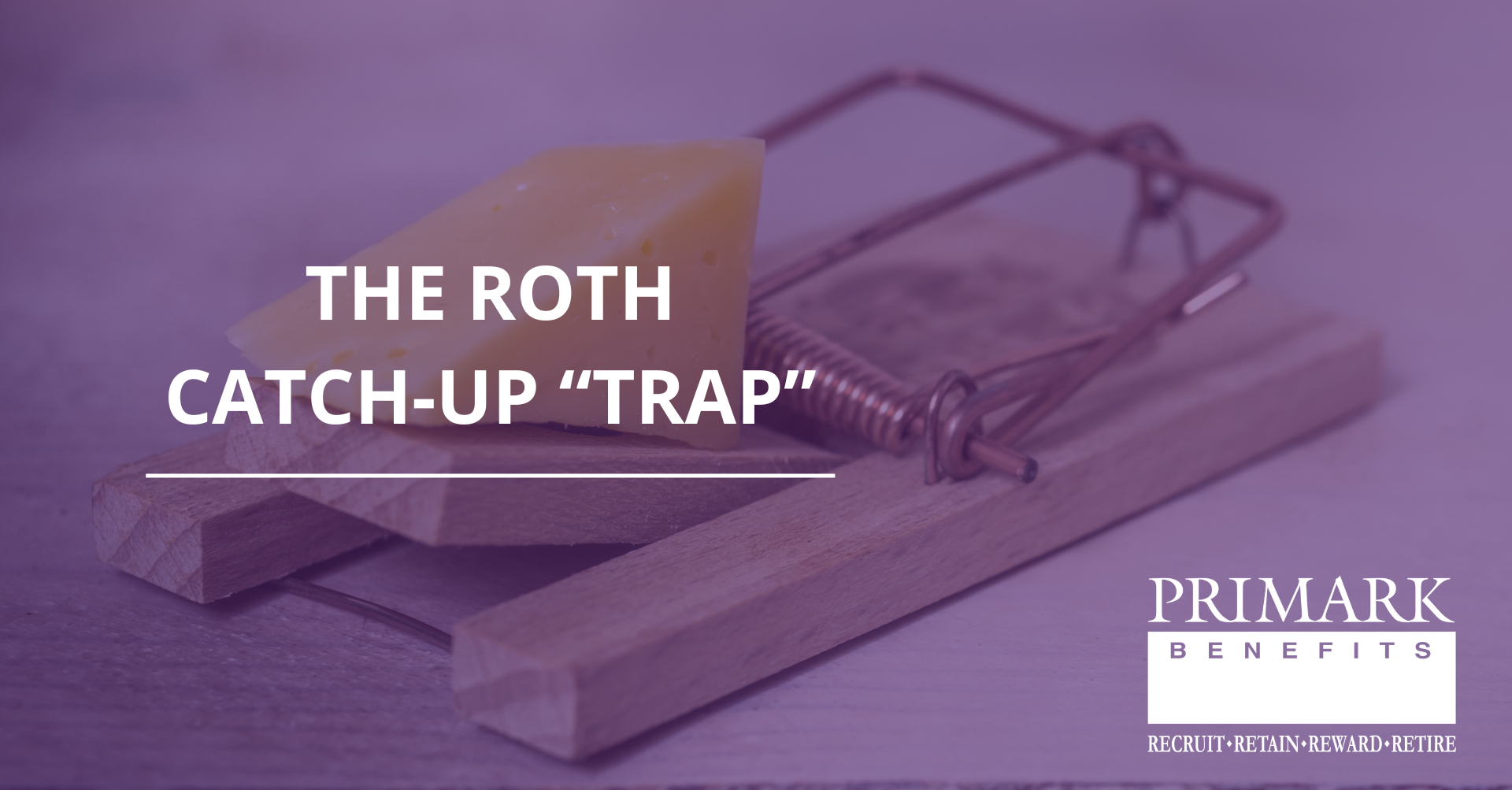Automatic Enrollment for Long-Term Part-Time Employees under Secure 2.0
For most Americans, the primary source of retirement savings comes through workplace plans. Despite perceptions that others may save through brokerage accounts or insurance policies, statistics show workplace plans are the cornerstone of retirement security. Individuals are 15 times more likely to open and fund a 401(k) at work than to set up an IRA independently, with over 56% of American workers participating in a workplace retirement plan.[1] These plans provide a clear path toward financial stability in retirement and reduce reliance on Social Security alone.
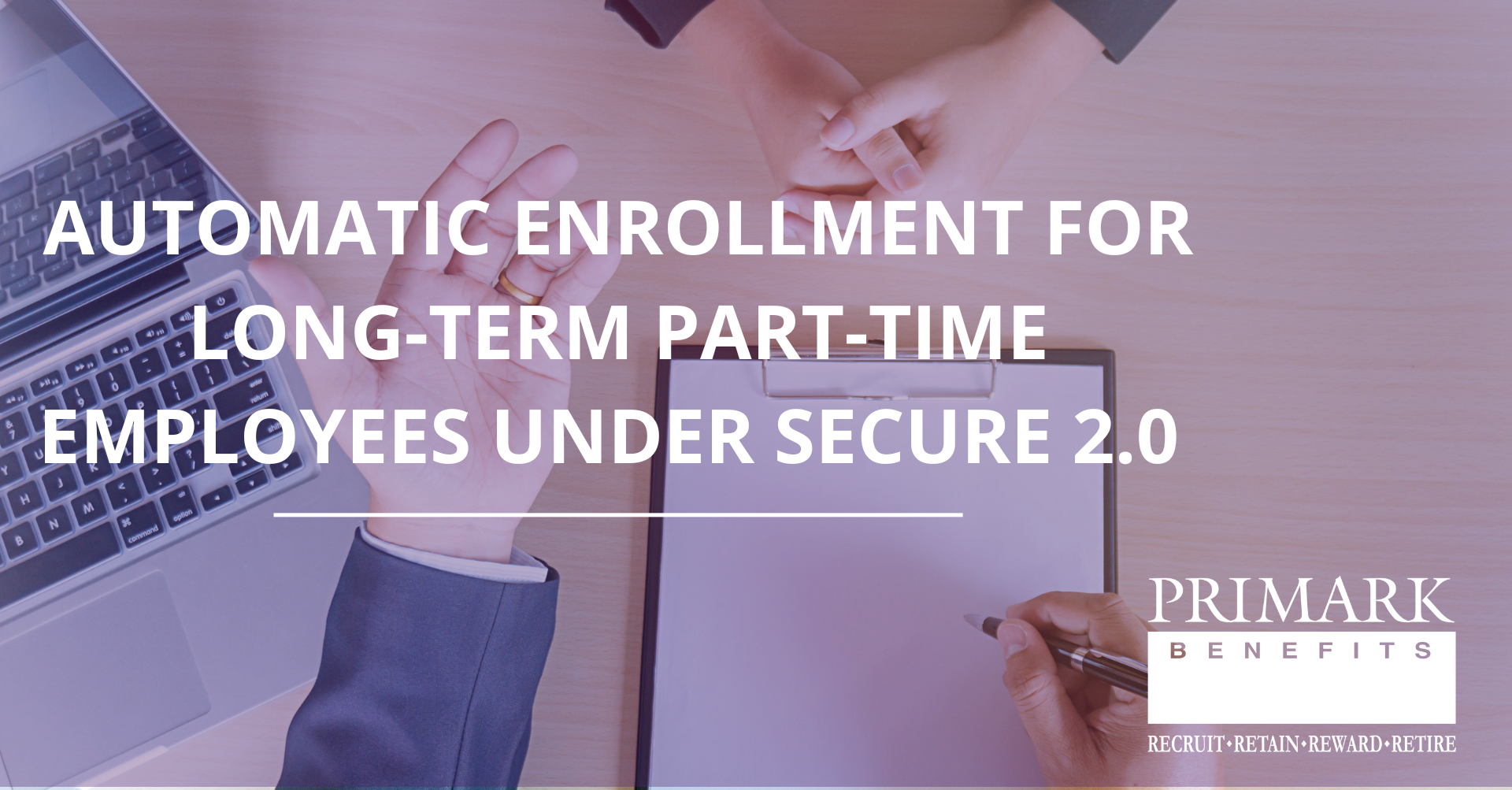
Automatic Enrollment: A Proven Success
Automatic enrollment has been an innovation in boosting participation in workplace retirement plans: Employers automatically enroll newly-hired, eligible employees into the company's retirement savings plan, which removes the need for employees to take any action on their own. When they’re required to proactively opt in, only about 40% participate; with auto-enrollment, that jumps to around 85%.[2]
How Automatic Enrollment Works
Employers implementing automatic enrollment can set initial contribution rates to between 3% and 10% of an employee's salary. Contributions automatically increase by 1% annually until they reach a range of 10% to 15%, with the exact rate set by each employer. Employees can opt out or adjust their contribution levels at any time; most choose to remain enrolled, and therefore benefit from consistent savings and compounded growth.
Expanding Access to Long-Term Part-Time Employees
Historically, many retirement plans excluded those employees working fewer than 1,000 hours annually. This left long-term part-time workers without access to workplace savings opportunities. Congress addressed this issue in the SECURE Act of 2019, requiring employers to allow employees who work at least 500 hours annually for three consecutive years to participate in retirement plans.
The SECURE 2.0 Act further improved this by reducing the eligibility period to two consecutive years. Starting in 2025, employees who meet this threshold will be automatically enrolled in their workplace plan.
It should be noted that employers are not required to make matching contributions or include these employees in certain compliance tests, making the change more manageable for businesses.
The Importance of Retirement Savings
Expanding access to workplace retirement plans, particularly for long-term part-time employees, is essential to improving financial security for all workers. Automatic enrollment has proven effective in increasing participation and helping employees build meaningful savings.
As Stephen Dobrow, President of Primark Benefits said, "In all my years of encouraging people to save for retirement, no one has ever said, ‘I saved too much.’ Expanding access to workplace plans ensures more individuals have the opportunity to save and secure their financial futures."
With Secure and Secure 2.0, long-time part-time employees will now have a greater opportunity to prepare for retirement.
